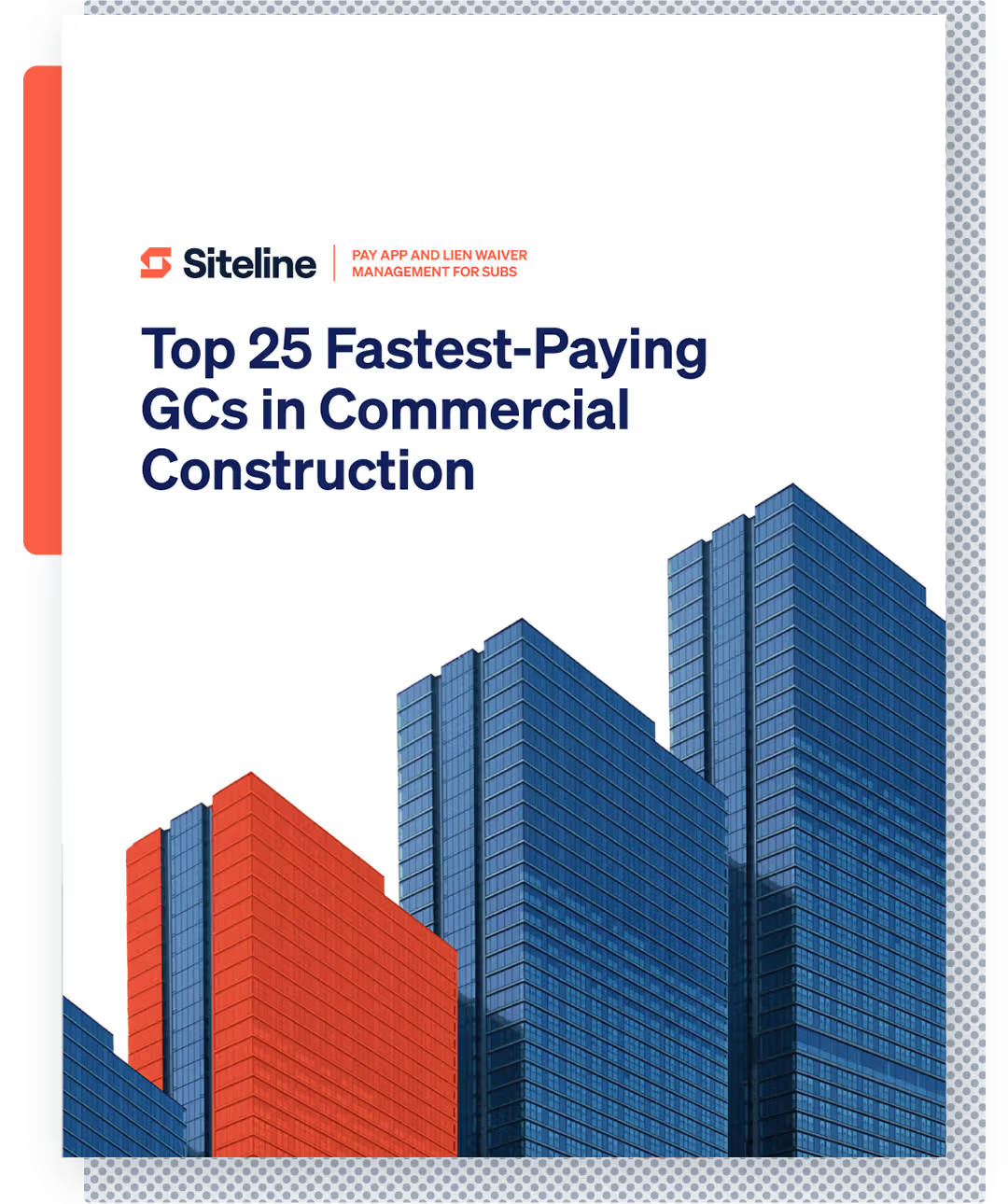Variance Analysis
What is Variance Analysis?
Variance analysis in the construction industry refers to the process of investigating the difference between actual and planned costs, schedules, or resources during a construction project’s life cycle. It focuses on identifying and understanding discrepancies between what was initially proposed and the actual outcome, allowing project managers to spot inefficiencies, control costs, and adjust project goals accordingly.
For instance, if a construction project was expected to consume $200,000 in materials but actually consumed $250,000, a variance analysis would examine why this $50,000 overspend occurred—whether due to price inflation, inaccurate estimating, or uncontrolled scope changes. It is a crucial tool for proactive project management, allowing early detection of performance issues and enabling timely corrective actions. Understanding the causes of variances also informs future project planning, improving the accuracy of estimates and success rates of subsequent projects.
For subcontractors specifically, variance analysis offers several key benefits that ultimately help to improve overall business performance. Regularly running variance analyses can help:
- Refine the bidding process by identifying areas where estimates were off, leading to more accurate future bids
- Aids in cash flow management, allowing subcontractors to better predict and manage their financial resources by anticipating potential overruns or savings
- Highlight areas for efficiency improvements, potentially increasing profitability
- Provide concrete support for change order requests when unforeseen circumstances affect project costs
- Identify potential risks in future projects and develop mitigation strategies
- Proactively communicate variance causes to general contractors (GCs) or the client, building trust and demonstrating professionalism
- Inform better resource allocation decisions, ensuring labor and materials are used most effectively across different projects
Effective variance analysis demands comprehensive financial data. Siteline streamlines this process by meticulously tracking change orders and generating precise pay applications, ensuring all A/R functions are accurately documented and seamlessly incorporated into variance calculations. This allows subcontractors to focus their energy on interpreting results and implementing corrective actions, ultimately improving project management and profitability.
Trusted by trade contractors across the country













Other construction terms
What is a Payment Bond?
What is Labor Burden?
What are cost codes?
Ready to end the fire drill and get paid faster?


.svg)
